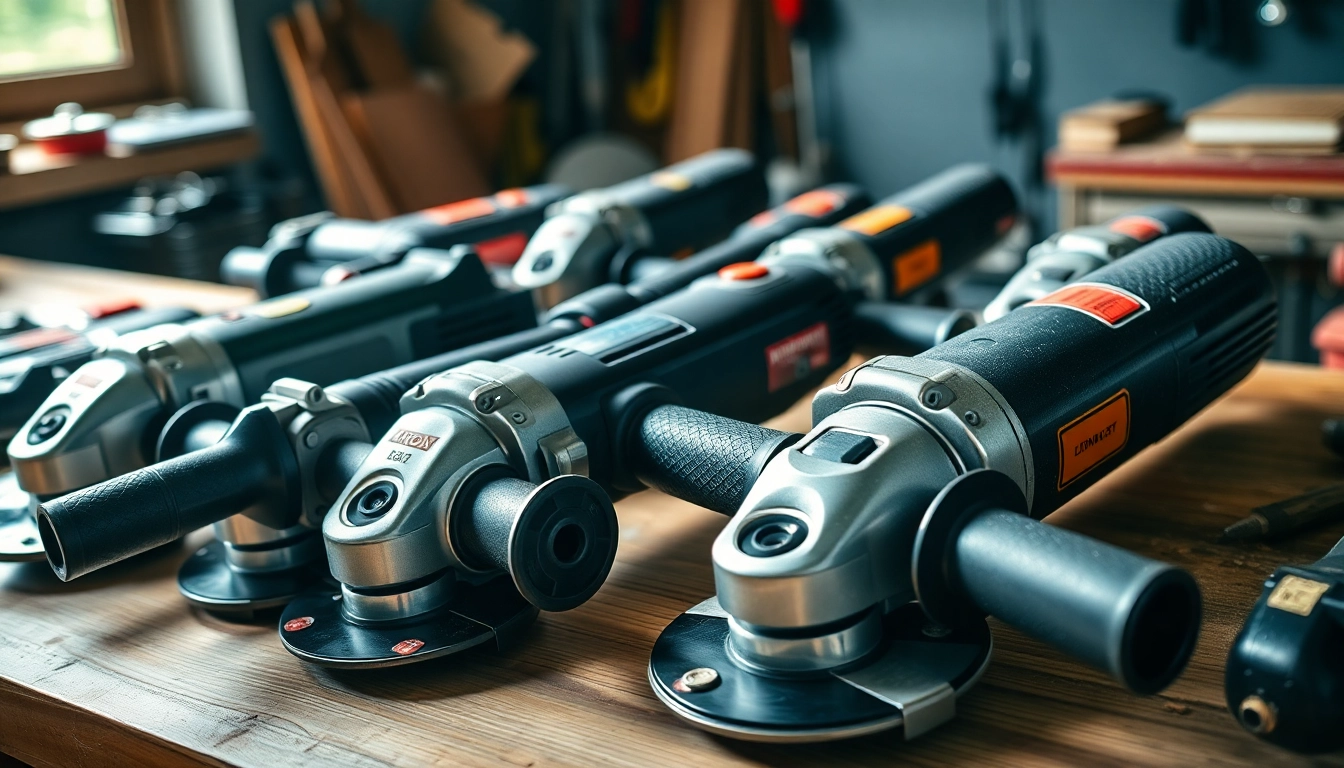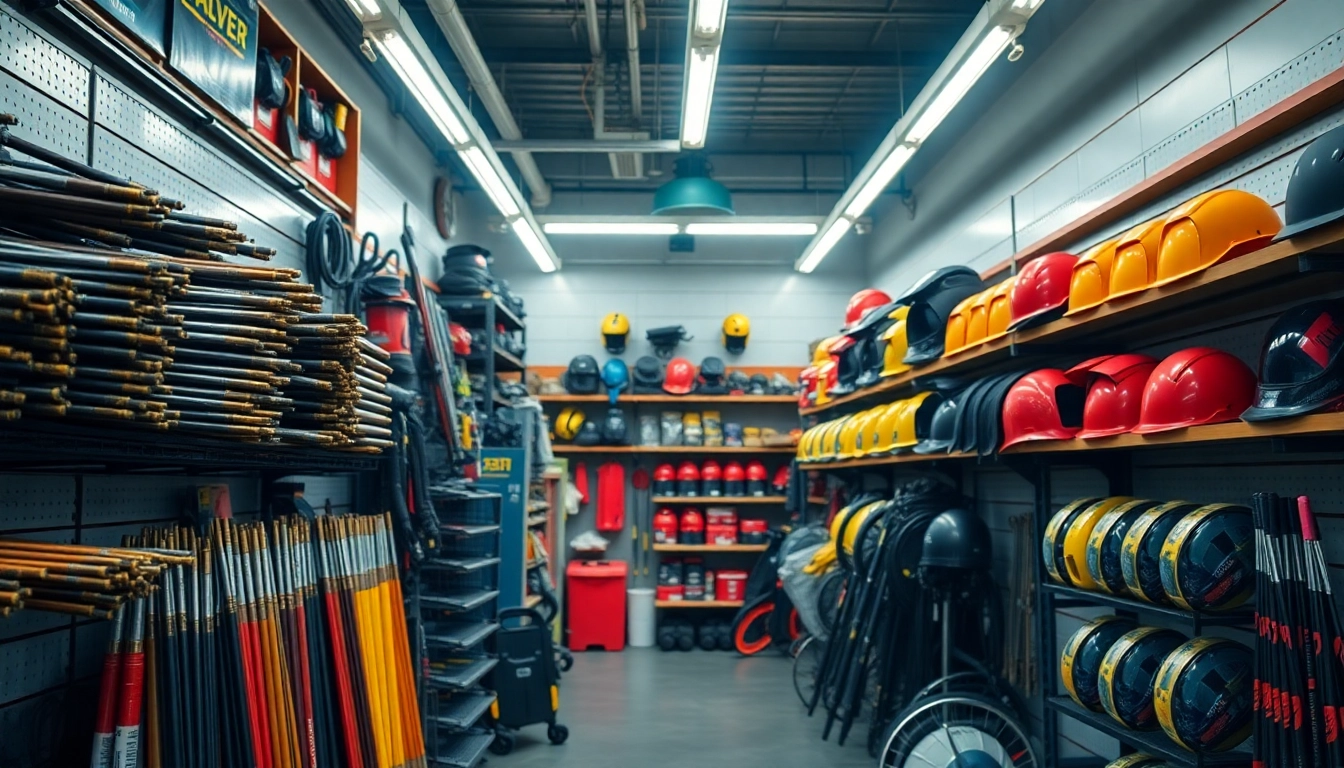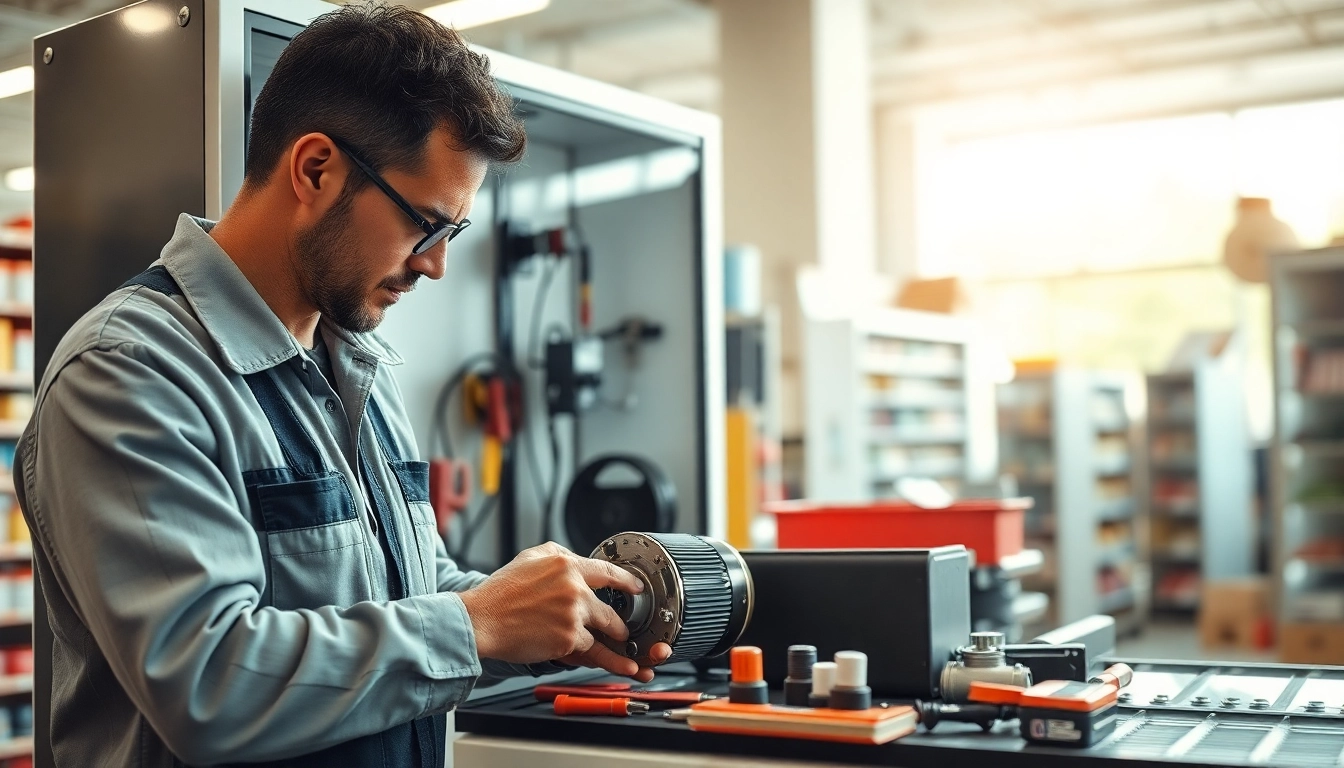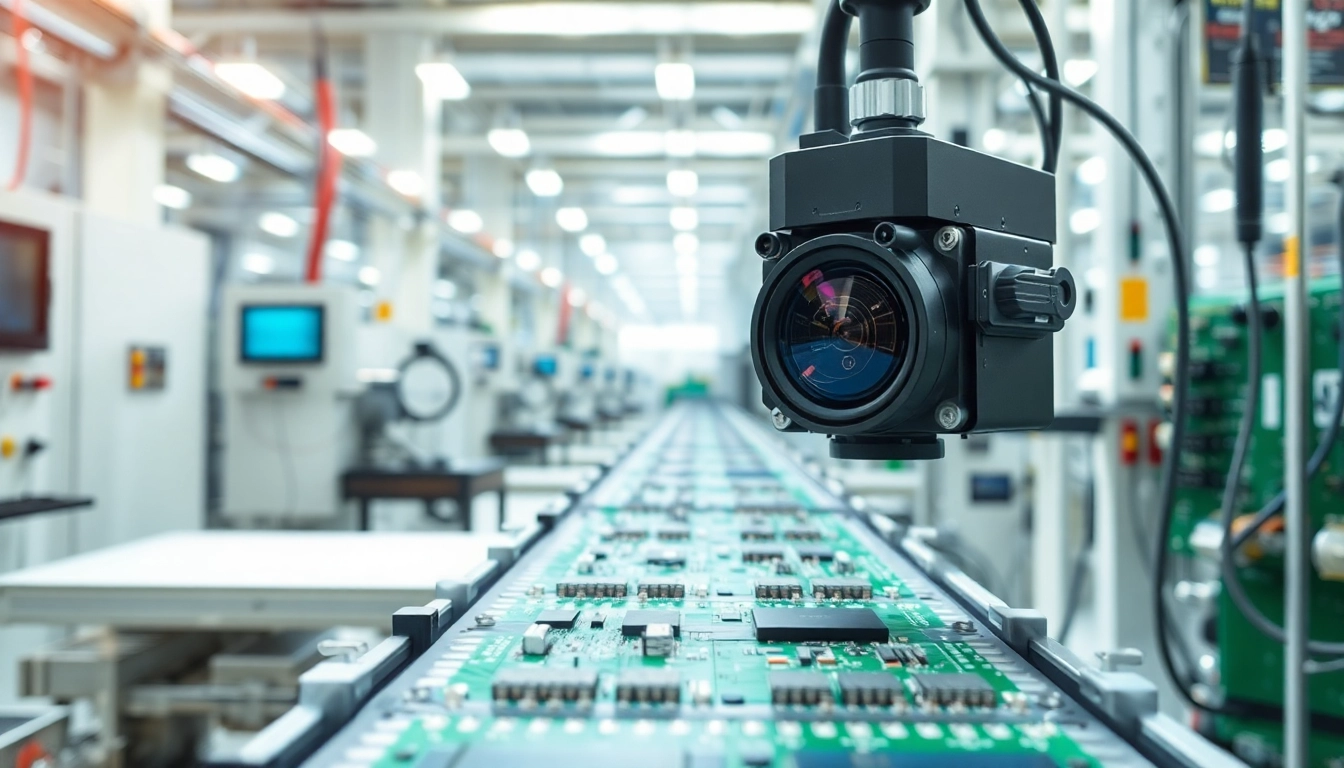Understanding Angle Grinders
What is an Angle Grinder?
An angle grinder, also known as a side grinder or disc grinder, is a versatile handheld power tool used primarily for grinding, cutting, sanding, and polishing various materials such as metal, tile, and masonry. Featuring a rotating disc that spins at high speeds, angle grinders are instrumental in both professional workshops and home garage settings. They serve a multitude of roles, making them a must-have tool for anyone carrying out construction or home improvement tasks.
Key Features of Angle Grinders
Angle grinders come equipped with several key features that enhance their functionality and usability:
- Motor Power: Typically ranging from 4 to 15 amps, the motor power dictates the grinder’s capability and the types of tasks it can handle.
- Disc Size: Angle grinders use various disc sizes, typically between 4.5 inches and 9 inches. Larger discs can handle more extensive tasks but may sacrifice precision.
- Speed Control: Some models allow users to adjust the speed, aiding in tasks that require delicate handling versus aggressive material removal.
- Ergonomic Design: Angle grinders often feature handles designed for comfort and reduced vibration, enhancing user control during operation.
Types of Angle Grinders
There are several types of angle grinders suited for different applications:
- Corded Angle Grinders: These tools provide robust power and continuous operation, ideal for demanding projects.
- Cordless Angle Grinders: Battery-powered and portable, cordless models allow for greater mobility, though they may have limitations in power and runtime compared to their corded counterparts.
- Specialty Angle Grinders: These may include specific variations designed for particular tasks, such as die grinders which are effective for smaller, precision work.
How to Choose the Right Angle Grinder
Consider Your Project Needs
Choosing the right angle grinder starts with an evaluation of your project requirements. For instance, if you plan to cut metal rebar, a more powerful model with larger discs might be necessary. Conversely, for tasks like polishing metal or sanding surfaces, a smaller grinder with adjustable speeds can be ideal for precision.
Evaluating Power and Performance
The power of an angle grinder is measured in amps, and higher amps typically indicate better performance and the capability to handle more demanding materials. While lower amp tools are suitable for light, occasional tasks, professionals often prefer models with at least 10 amps for regular, heavy-duty applications.
Understanding Disc Sizes and Types
The type of disc you use on an angle grinder will greatly influence your project’s outcome. Discs are designed for specific tasks — cutting wheels for metal or tile, grinding wheels for smoothing surfaces, and brush wheels for cleaning applications. Choosing the appropriate disc size (4.5 inches, 7 inches, etc.) is crucial for the efficiency and safety of your tasks.
Safety Tips for Using Angle Grinders
Essential Safety Gear
Safety should always be the top priority when operating an angle grinder. Essential safety gear includes:
- Protective Eyewear: To shield your eyes from flying debris.
- Ear Protection: To prevent hearing damage from prolonged exposure to high noise levels.
- Gloves: While these increase grip, ensure they are cut-resistant to avoid injuries.
- Dust Mask: To protect from inhaling harmful dust particles.
Safe Operating Procedures
To ensure safe use of angle grinders, follow these procedures:
- Always inspect your tool and accessories before use.
- Ensure the grinder is switched off and unplugged when changing discs.
- Maintain a firm grip with both hands while operating.
- Keep bystanders away from the workspace.
Common Mistakes to Avoid
Some prevalent mistakes that can lead to accidents include:
- Using the wrong type of disc for the job.
- Neglecting to wear proper safety equipment.
- Attempting to cut or grind materials outside the grinder’s capabilities.
Maintenance and Care for Your Angle Grinder
Cleaning and Lubrication
Proper maintenance ensures the longevity of your angle grinder. Clean the tool regularly to remove dust and debris, particularly from vents and the motor area. Additionally, lubricate any moving parts as per the manufacturer’s recommendations to avoid wear and tear.
Replacing Discs and Accessories
Always replace worn or damaged discs immediately. Familiarize yourself with the manufacturer’s guidelines on disc replacement and ensure that you’re using the right type intended for your tasks. Regular checks can prevent mishaps during operation.
Extending the Life of Your Grinder
To get the most out of your angle grinder, consider the following tips:
- Avoid Overheating: Take breaks during extensive tasks to prevent overheating.
- Store Properly: Ensure your angle grinder is kept in a dry place and protected from physical damage when not in use.
Top Brands and Models of Angle Grinders
Comparing Popular Brands
Several brands have established a reputation for manufacturing high-quality angle grinders, including:
- DeWalt: Known for durability and performance, DeWalt offers a variety of corded and cordless grinders.
- Makita: Offers lightweight but powerful models preferred for precision tasks.
- Bosch: Recognized for innovation and ergonomic designs, Bosch angle grinders are ideal for both home and industrial use.
Best Budget-Friendly Options
For those on a tight budget, there are reliable options that do not sacrifice quality:
- Kobalt 24V Cordless Angle Grinder: A compelling choice feature-wise without breaking the bank.
- Black+Decker 4.5-Inch Angle Grinder: Affordable, with decent power for light jobs.
High-End Models Worth Considering
If budget is of lesser concern, investing in high-end models can provide exceptional performance:
- Metabo WEV 15-125 HT: Known for its high power and advanced safety features.
- Milwaukee M18 Fuel: A cordless model that delivers unmatched power and runtime.
Conclusion
Angle grinders are indispensable tools for various applications ranging from DIY projects to industrial tasks. By understanding their features, power options, and safe operating techniques, you can maximize their utility while ensuring your safety. Whether you opt for a reliable budget model or a top-of-the-line grinder, investing in quality tools leads to better outcomes and efficiency in your work. When selecting from a myriad of options, don’t forget to check out the comprehensive offerings of angle grinders to find the best fit for your needs.



